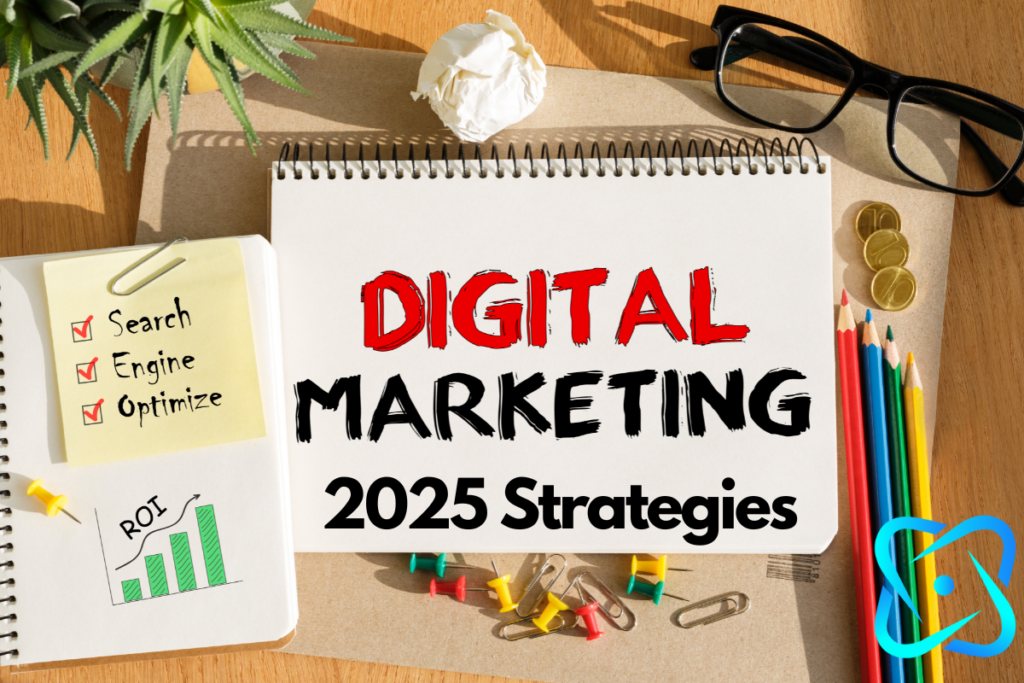Content Creation: Tips for Captivating Your Audience
In the digital age, content creation has emerged as a vital component of any successful marketing strategy. Capturing and retaining the attention of your audience amidst the noise of countless content creators can be challenging. However, with the right approach and techniques, you can craft engaging and impactful content that resonates with your audience. In this blog post, we will explore practical tips and strategies to help you produce captivating content that stands out and delivers real value.
Understanding Your Audience

Before you start creating content, it’s crucial to understand who your audience is and what they are looking for. This foundational step ensures that your content creation aligns with the interests and needs of your target demographic.
Conduct Audience Research
Begin by gathering data about your audience. Utilize tools like Google Analytics, social media insights, and surveys to collect demographic information and behavior patterns. For instance, did you know that 68% of online experiences begin with a search engine? Understanding where your audience spends their time online can guide your content distribution strategy.
Create Audience Personas
Once you have collected enough data, develop detailed audience personas. These personas should include information such as age, gender, interests, challenges, and preferred content formats. For example, if your audience consists primarily of millennials interested in sustainable living, your content should reflect their values and preferences.
Crafting Compelling Content
Now that you have a clear understanding of your audience, it’s time to create content that captivates them. This involves crafting messages that are not only informative but also engaging and memorable.
Start with a Strong Hook
Your audience’s attention span is limited, so it’s essential to grab their attention right from the start. Use a compelling hook in your introduction to draw readers in. This could be an interesting statistic, a thought-provoking question, or a powerful quote. For example, “Did you know that 80% of people will read a headline, but only 20% will read the rest of the content?”
Tell a Story
Storytelling is a powerful tool in content creation. It helps humanize your brand and makes your message more relatable. Share anecdotes, case studies, or personal experiences that illustrate your points. For instance, a case study about how a small business tripled its revenue through social media marketing can be more impactful than a list of generic tips.
Use Visuals
Visual content is processed 60,000 times faster by the brain than text. Incorporate images, infographics, and videos to break up text and enhance understanding. A well-placed image can illustrate a point more effectively than words alone. For example, an infographic summarizing key statistics can make complex data more digestible and engaging.
Optimizing Content for SEO
Creating captivating content is just one part of the equation. To ensure your content reaches a broader audience, it needs to be discoverable through search engines. This is where SEO comes into play.
Incorporate Relevant Keywords

Perform keyword research to identify the terms your audience is searching for. Tools like Google Keyword Planner and SEMrush can help you find high-volume keywords relevant to your niche. Integrate these keywords naturally throughout your content, including in titles, headers, and meta descriptions. For example, if your blog is about “content creation marketing strategies,” include related keywords like “content creation tips” or “engaging content ideas.”
Optimize Meta Tags
Meta tags, such as the title tag and meta description, play a crucial role in SEO. Ensure your title tag is concise, descriptive, and includes your primary keyword. The meta description should provide a brief overview of your content and encourage clicks. For instance, “Discover top content creation tips to captivate your audience and boost engagement with our comprehensive guide.”
Utilize Internal and External Links
Linking to other relevant content on your website (internal links) and reputable external sources can improve your content’s credibility and SEO. Internal links help search engines understand the structure of your site, while external links show that you’ve done your research. For example, when discussing SEO strategies, link to a reputable SEO guide or study.
Engaging Your Audience
Creating great content is only the beginning. To truly captivate your audience, you must engage with them actively and encourage interaction.
Encourage Comments and Discussions
Invite your audience to share their thoughts and opinions in the comments section. Pose questions and encourage discussion to foster a sense of community. For example, “What are your favorite content creation tips? Share them in the comments below!” Responding to comments promptly can enhance engagement and build relationships with your readers.
Leverage Social Media
Social media platforms are excellent tools for promoting your content and engaging with your audience. Share your content across relevant social channels and encourage your followers to share it with their networks. Use hashtags and tag influencers to increase visibility. For instance, if you wrote a blog about eco-friendly living, tag eco-friendly brands or influencers who might find your content valuable.

Host Webinars or Live Q&A Sessions
Live events offer a unique opportunity to interact with your audience in real-time. Host webinars or Q&A sessions where your audience can ask questions and receive instant feedback. This not only provides value but also strengthens your connection with your audience. For example, a live session discussing the latest content marketing trends can attract a dedicated audience eager to learn and engage.
Measuring Content Success
To ensure your content strategy is effective, it’s essential to measure the success of your content and make data-driven decisions for improvement.
Analyze Engagement Metrics
Use analytics tools to track key engagement metrics such as page views, time on page, bounce rate, and social shares. These metrics provide insights into how your content is performing and where improvements are needed. For instance, if a particular blog post has a high bounce rate, consider revising the content or layout to keep readers engaged.
Gather Feedback
Direct feedback from your audience can be invaluable. Conduct surveys or polls to understand what your audience likes or dislikes about your content. Use this feedback to refine your strategy and address any issues. For example, if readers request more visual content, consider incorporating more images or videos in future posts.
Track Conversion Rates
If your content aims to drive specific actions, such as newsletter sign-ups or product purchases, track conversion rates to evaluate effectiveness. Use tools like Google Analytics to monitor how well your content converts visitors into leads or customers. For example, if a product review blog leads to increased sales, consider creating more similar content to boost conversions.
Conclusion

Captivating your audience through content creation is an ongoing process that requires a deep understanding of your audience, creative storytelling, and strategic optimization. By implementing the tips and strategies outlined in this guide, you can create content that not only engages but also inspires action. Remember to continually analyze your content’s performance and adapt your approach to stay ahead in the ever-evolving digital landscape. With dedication and creativity, you can transform your content into a powerful tool for building lasting connections with your audience.



